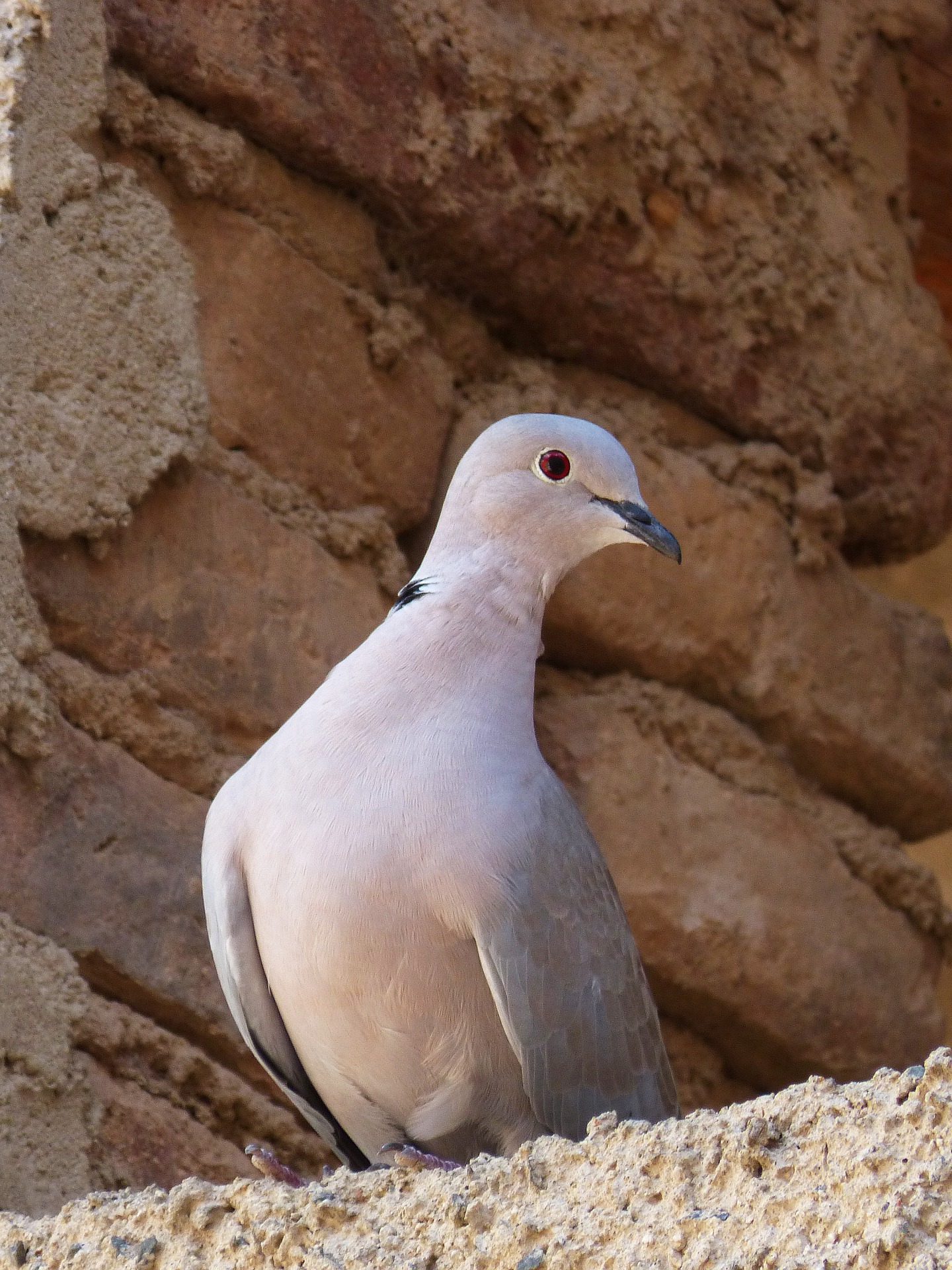Mózg ptaków „mądrzeje” dokładnie tam, gdzie trzeba
Mózg ptaków „mądrzeje” dokładnie tam, gdzie trzeba
Od pewnego czasu naukowcy są coraz bardziej zgodni, że neurony u zwierząt – komórki wyspecjalizowane w przekazywaniu i przetwarzaniu informacji, które przyczyniają się do plastyczności mózgu – powstają nie tylko w zarodkowym okresie życia, ale również u osobników dorosłych. Komórki te powstają w jednej części mózgu, po czym mogą migrować do innych – tam, gdzie są najbardziej potrzebne.
Nowe światło na te procesy rzucają prace międzynarodowego zespołu naukowców, którzy skupili się ostatnio na roli neuronów u dwóch gatunków ptaków, migrujących z Afryki na Bliski Wschód i do Europy. Proporcja nowych neuronów wzrastała wraz z odległością, na jaką migrowały ptaki z obu gatunków: turkawki i trzcinniczki – stwierdzili naukowcy.
Co ciekawe, u każdego z gatunków nowe neurony zasilały całkiem inne części mózgów. U trzcinniczków – ptaków, które migrują w pojedynkę, w dodatku po nocach – nowe neurony pojawiały się głównie w hipokampie czyli regionie związanym z nawigacją. U tych turkawek, które wędrują stadami, nowe neurony znajdowano głównie w regionie związanym z umiejętnością komunikacji.
Possible linkage between neuronal recruitment and flight distance in migratory birds
- Scientific Reports 6, Article number: 21983 (2016), doi:10.1038/srep21983
Introduction
Exposure to new information in adult animals has been positively correlated with the magnitude of new neuronal recruitment in their brains1,2. This exposure, linked to new neuronal recruitment, could be manifested in many ways throughout an animal’s life history and the challenges it faces3,4,5. The recruitment of new neurons is considered to be promoted by an elevated need to acquire new information in relevant brain regions6. Such recruitment may serve this purpose by facilitating brain plasticity and has been suggested to play an important role in acquiring new memories in both invertebrates7,8 and vertebrates1,9. Birds have been used as model animals in studies linking new neuronal recruitment with various behaviors, such as social complexity10, food hoarding4,11, song learning12, the reproductive cycle13, and others.
Long-distance migration is highly demanding in many aspects of a bird’s life cycle. Beyond the immense physiological effort required in traveling large geographical distances, birds also have to avoid predation, minimize resource competition, overcome adverse weather, and accurately navigate and orient14. The mortality rate of young avian migrants is far higher than that of their adult counterparts which suggests that learned experience is of great importance for migratory birds15. Indeed, several studies have explored the importance of learning and experience for accurate navigation in migratory birds16,17. Learning could be key to improved navigation ability; identification of suitable stop-over sites en-route; avoidance of harsh weather or potential predators; and for outcompeting both fellow migrants and local birds. Such needs for increased learning ability during migration may be answered by a greater neuronal recruitment in the relevant brain regions of migratory birds. To date, only two studies of passerines18,19 have directly investigated the possible relationship between neuronal recruitment and migratory behavior in birds. Those studies revealed that, for passerines, migrant species or sub-species possessed more new neurons than resident species in the brain regions that play a role in spatial information processing.
During the past century, great advances have been made in tracking and monitoring migratory birds. In addition to the increased use of recovery-based ringing and tagging, researchers nowadays have access to radio transmitters and satellite or GPS tracking to monitor individual birds20. Recently, the use of stable isotopes has been shown to be effective in quantifying individual or population migratory connectivity21,22. The use of stable isotopes to track migratory movement is based on the predictable global spatial patterns for hydrogen (H) and carbon (C) isotopes. Wherever a bird grows its feathers (often at its natal or overwintering site), the local isotopic patterns are translated through diet along the trophic cascade, and are fixed into the growing feathers, thereby reflecting the region the feathers were grown23. When a bird is caught later, its feathers’ 2H/H and 13C/12C ratios can be non-lethally analyzed and compared to known H and C isotopic distribution base-maps (e.g. isoscapes). This tissue-to-isoscape comparison is used to obtain estimates of the region where a bird had molted or grown its feathers. One of the primary advantages of the isotope technique is that every bird captured provides intrinsic spatial information about its migration route, without the need for the mark-recapture used in ringing and marking techniques24.
In this study we hypothesized a possible link between an increase in new neuronal recruitment and the distances traveled by migrant birds. We explored this phenomenon in reed warblers (Acrocephalus scirpaceus) and turtle doves (Streptopelia turtur), which are summer visitors in Israel and winter and molt in Africa25. Migration distance estimates were determined using feather isotopic ratios as an indicator of molt locality in the wintering grounds. New neuronal recruitment was evaluated in two brain regions known to take part in navigation and spatial orientation tasks-the Hippocampal complex (HC)26,27, and the nidopallium caudolateral (NCL)27.
Czytaj więcej: http://www.nature.com/articles/srep21983
Kernel percentages display probable wintering grounds based on isotopic values derived from birds caught in Israel. Each dot represents the probable center of a single individual’s wintering range. Black dots represent birds that only provided isotopic information, white dots represent birds that also provided neuronal information. The striped area shows wintering grounds based on Urban et al.29 (Urban E.K., Fry C.H., Stuart, K. (1986) The birds of Africa. © A&C Black Publishers, used by permission of Bloomsbury Publishing Plc). The green triangle represents a single record of an individual that was ringed in Israel and caught in Africa. The green square represents the location in Israel where the birds were caught. Spatial analysis and map production were conducted in ArcGIS 10.
From: Possible linkage between neuronal recruitment and flight distance in migratory birds






